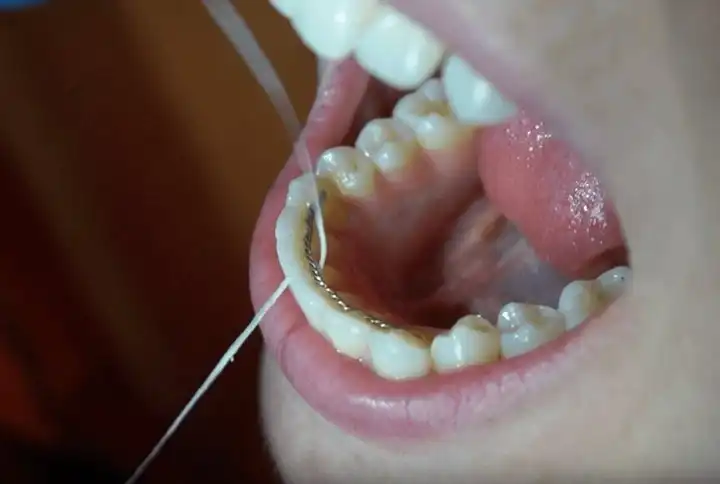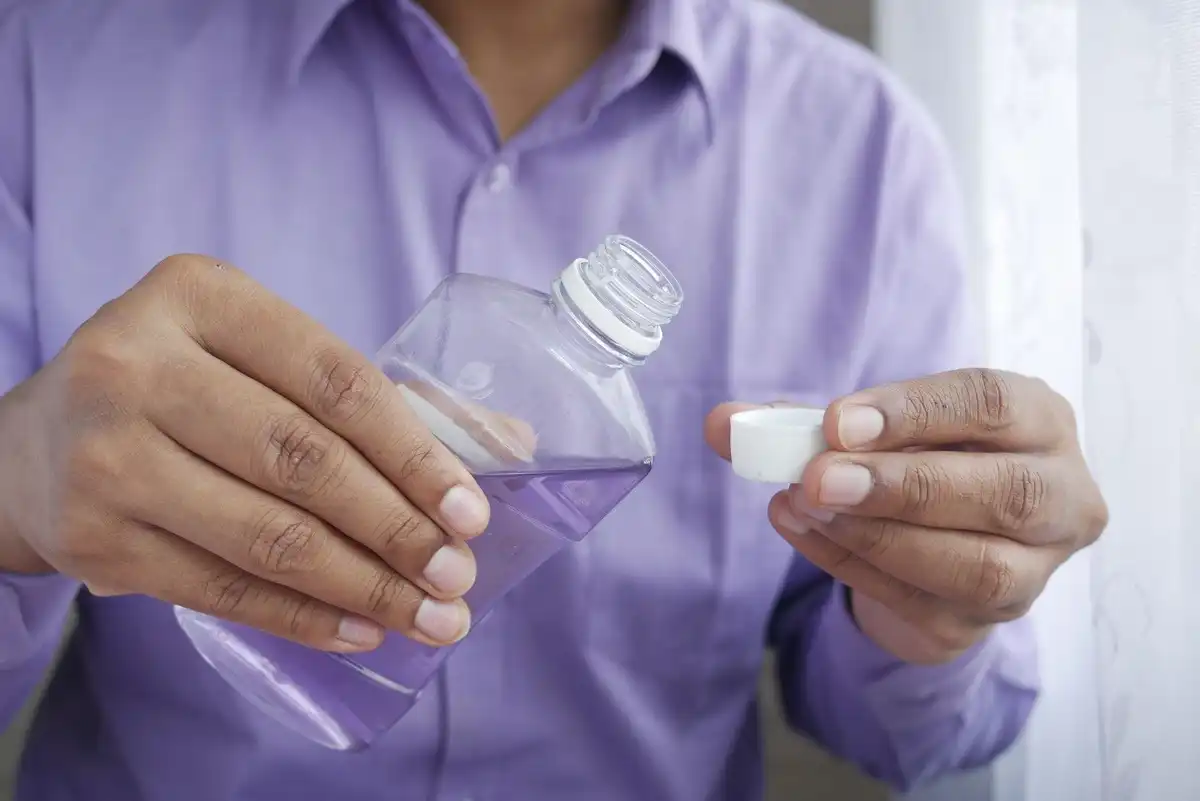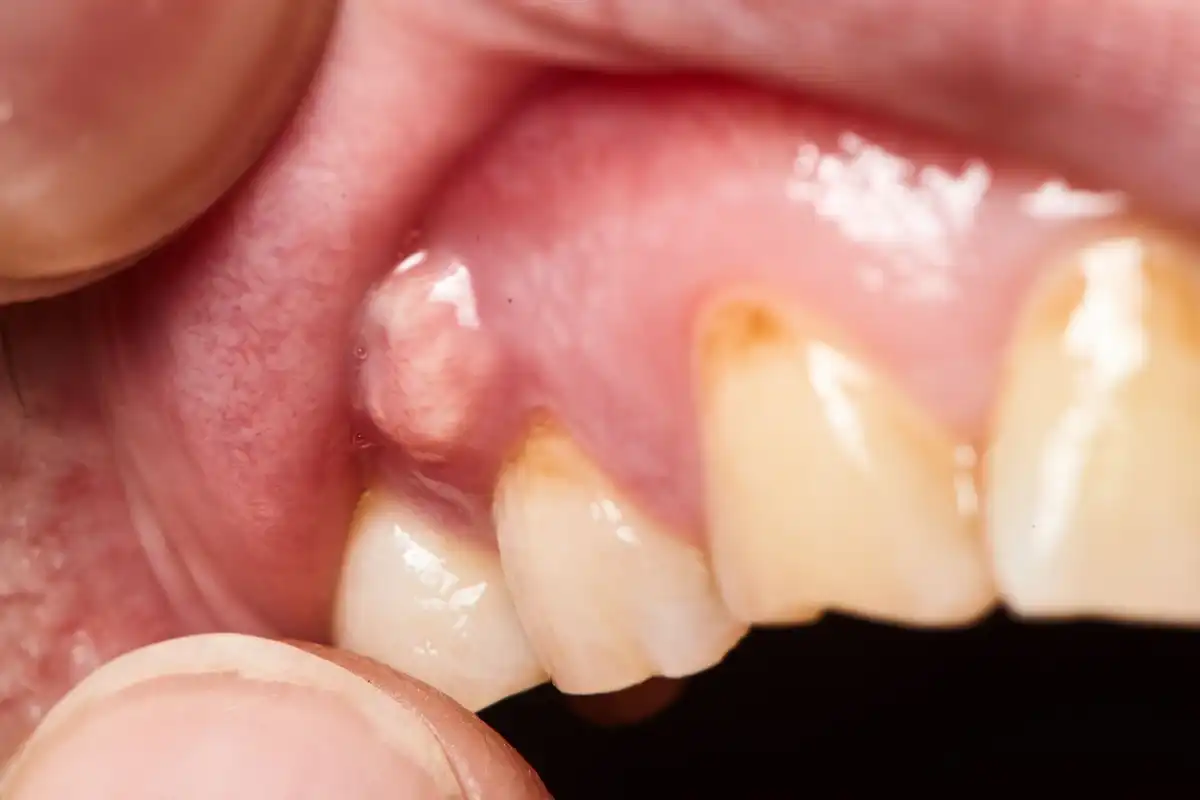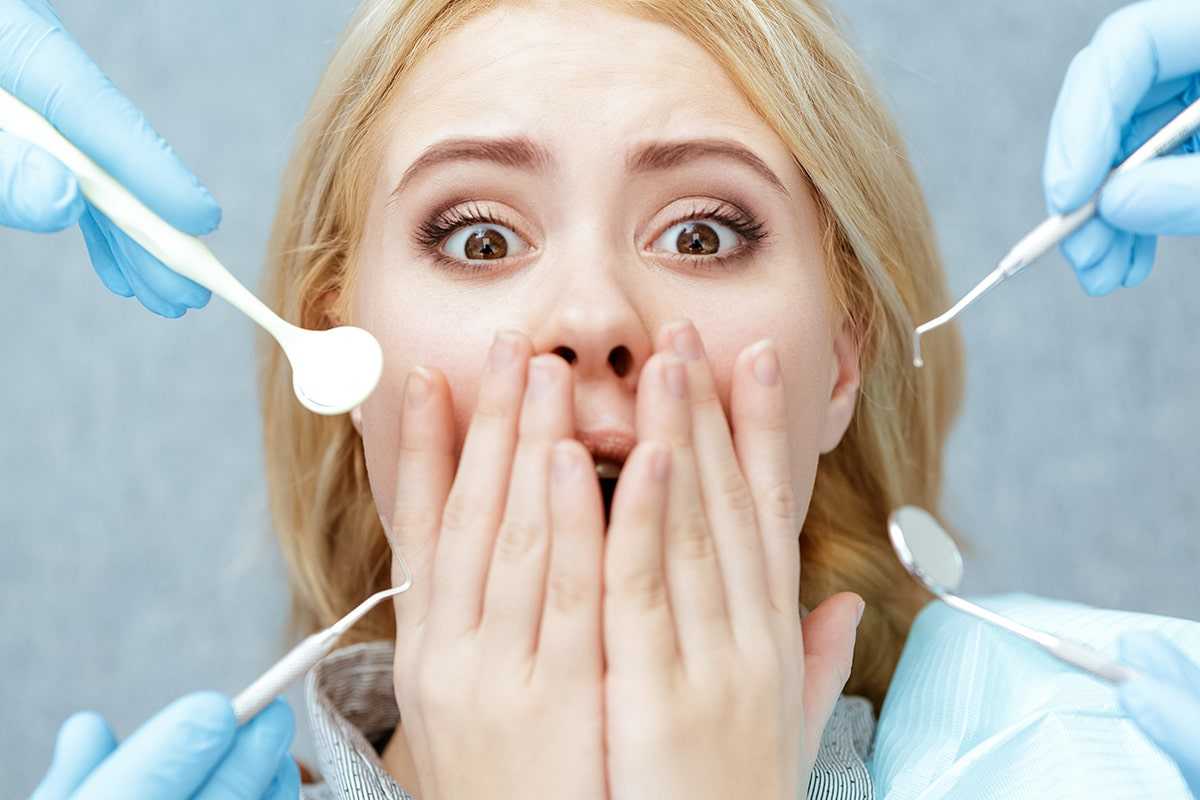Why Does My Toddler’s Breath Smell Like Poop?

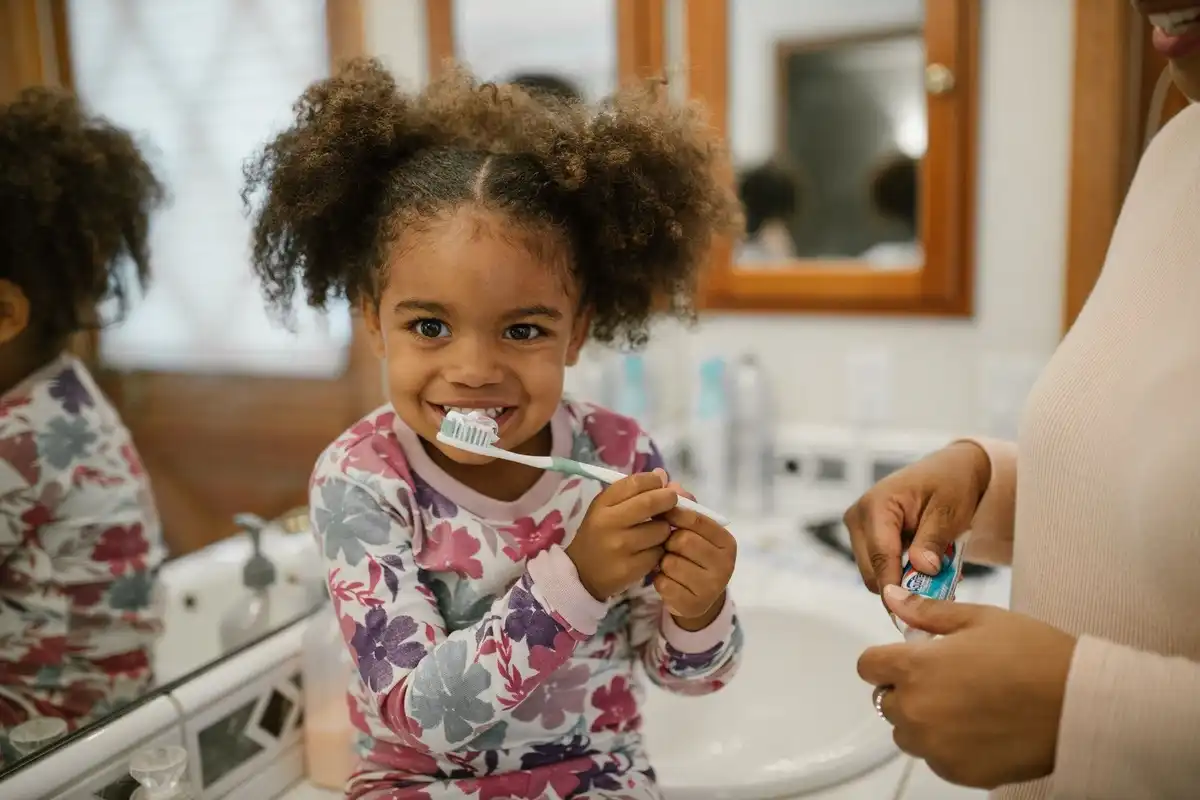
If your child’s breath smells like poop, it could be a warning sign that something serious is going on. Normally if toddler breath smells like poop, yes, you have to worry about them actually eating…poop. Yes, kids do do stuff like that!
But if you’re certain that nobody went digging in their diaper and you can totally tell that your child’s breath smells like poop, there are other factors to consider.
What Could It Be?
1) Poor Dental Hygiene
Chances are that if your child’s breath smells like poop, the reason is that they don’t have very good dental hygiene habits. Maybe brushing is a constant battle, they don’t let you clean their tongue, or perhaps they’re even snacking frequently throughout the day (which can result in extra plaque buildup in their mouth.)
Symptoms
You’ll probably be able to use your fingernail to scratch of thick amounts of sticky plaque from your toddler’s teeth (especially close to the gumlines.) There may also be a thick, white coating on your child’s tongue. If they have an infection like thrush, there may even be a “cottage cheese” type of residue inside of their cheeks or coating other areas of their mouth.
Treatment
2) Cavities
Tooth decay is actually a bacterial infection in teeth. If it isn’t treated it will eat its way through the enamel into the pulp of the tooth. It can also spread to adjacent teeth or create abscesses in the roots of infected teeth.
Symptoms
Early phases of tooth decay aren’t visible to the naked eye. They typically start between teeth or in the deep grooves on the chewing surfaces. Once you can see a cavity, the damage is already pretty aggressive. At that point, it may be harboring a serious number of bacteria and necrotic tissues, which can make it so that toddler breath smells like poop.
Treatment
Have your family or pediatric dentist treat your child’s tooth decay immediately. You don’t want it to cause irreversible damage to their permanent smile — or in super rare cases — result in a life-threatening facial infection.
3) Gum Disease
It’s extremely rare for children to have aggressive gum disease (if they do, something serious is going on.) However, gingivitis is the first stage of gum disease and is extremely common in young patients. Especially if they may be hesitant to want their parents to brush their teeth and insist on doing it themselves.
Symptoms
Pediatric gingivitis looks just like adult gingivitis. The edges of the gums are red, puffy, and likely to bleed when you brush your child's teeth. The papilla (pointed gums just between your teeth) may also be swollen and rounded instead of “pointy” like they’re supposed to be.
Treatment
Focus on brushing longer along the gumlines, as well as flossing between your child’s teeth each day. If your child wants to brush their own teeth that’s fine, but only as long as you follow up behind them to clean their teeth again. Once they can tie their own shoes it’s fine to let them take over.
4) Mouth, Nose, Or Throat Infections
Your child’s ears, nose, and throat are all interrelated. When one of them is infected, there’s a good chance that the surrounding glands or tissues may become involved as well. That’s why referred pain like earaches are so common with certain types of dental-related issues (like bruxism or TMJ disorder.) So, if your favorite toddler’s breath smells like poop, don’t rule out something a little bit deeper than their mouth.
Symptoms
Check for enlarged tonsils, strep throat symptoms (like a red, patchy throat), chronic allergies, ear pain, and even swollen, puffy eyes. Infection causes inflammation, so the built-up pressure inside of their nose and throat may also cause headaches. And of course, in this case, your child’s breath smells like poop when they’re breathing in your face.
Treatment
See your pediatrician or a pediatric ENT for an evaluation. If prescribed antibiotics, make sure your child takes the full course of medication and not just enough until their symptoms improve.
5) Diabetes
When your ketone levels are off — something that can happen in chronic, unmanaged diabetes cases — it can lead to a condition called “Ketoacidosis”.
Symptoms
Dry mouth, high blood glucose readings, a fruit-like smelling breath, confusion, thirst, fatigue, nausea, and rapid breathing. Your child’s face may also appear flushed and their skin dry to the touch.
Treatment
6) Gastroesophageal Reflux Disease (GERD)
Symptoms
Your child may not be able to tell you that they have heartburn, so watch for symptoms of chronic coughing, difficulty swallowing, sore throat, or nausea.
Untreated GERD or chronic acid reflux can also lead to enamel erosion in teeth (both adult and baby.) Teeth may seem shinier or smoother than normal. Shallow pits can form on the “cusps” (pointed parts) of back teeth.
Treatment
Your pediatrician will likely recommend a modified diet and medication if symptoms persist.
7) Sinus Infections
Symptoms
Runny nose, congestion, and bad breath. Headaches and earaches are also common, so you may see your little one grabbing at their ears or face if they’re in pain.
Treatment
Your pediatrician may prescribe an antibiotic or decongestant to clear up mucous buildup. Alternating Motrin and Tylenol can be helpful for pain relief as long as taken as directed.
How to Prevent and Treat Bad Breath at Home
Good oral hygiene is the first and most important thing to keep in mind when you’re dealing with bad breath in a child or toddler. Halitosis is typically caused by oral bacteria. So even if you have a toddler who doesn’t have all of their teeth in yet, you still want to be cleaning their mouth really well each day.
Twice a day, use a toddler-sized toothbrush and a rice-grain amount of fluoride toothpaste to brush your child’s teeth. Make circular motions on each tooth, cleaning the inside, outside, and chewing surfaces. If it’s hard to do so without getting your finger bit, use another toothbrush handle as a make-shift “prop” on the other side of their mouth while they’re biting down. The wider, the better.
Encourage your child to drink plenty of water during the day. Avoid letting them carry a bottle or sippy cup around with milk or juice in it. Not only does the constant exposure to natural sugars feed bacteria, but it also increases their risk of tooth decay.
Try the burst electric toothbrush made for kids!
Overcoming Bad Breath
Even though the chances that a child’s breath smells like poop because of an underlying medical condition are low, you don’t want to rule them out. Especially if your family already has a great oral hygiene routine. But if brushing well every day doesn’t treat toddler breath that smells like poop, you probably need to take your little Munchkin to their pediatrician. Hopefully, it’s just something like a sinus infection, but it’s better to rule out major medical complications than to cross your fingers and hope they go away on their own.
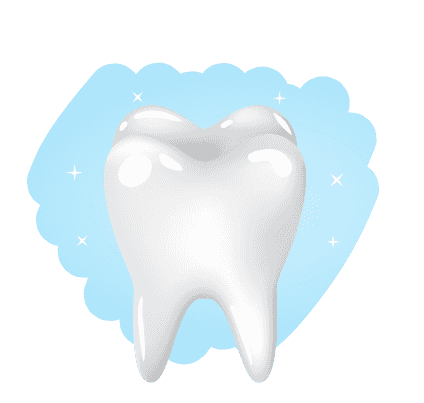
Make your inbox smile!
Subscribe


